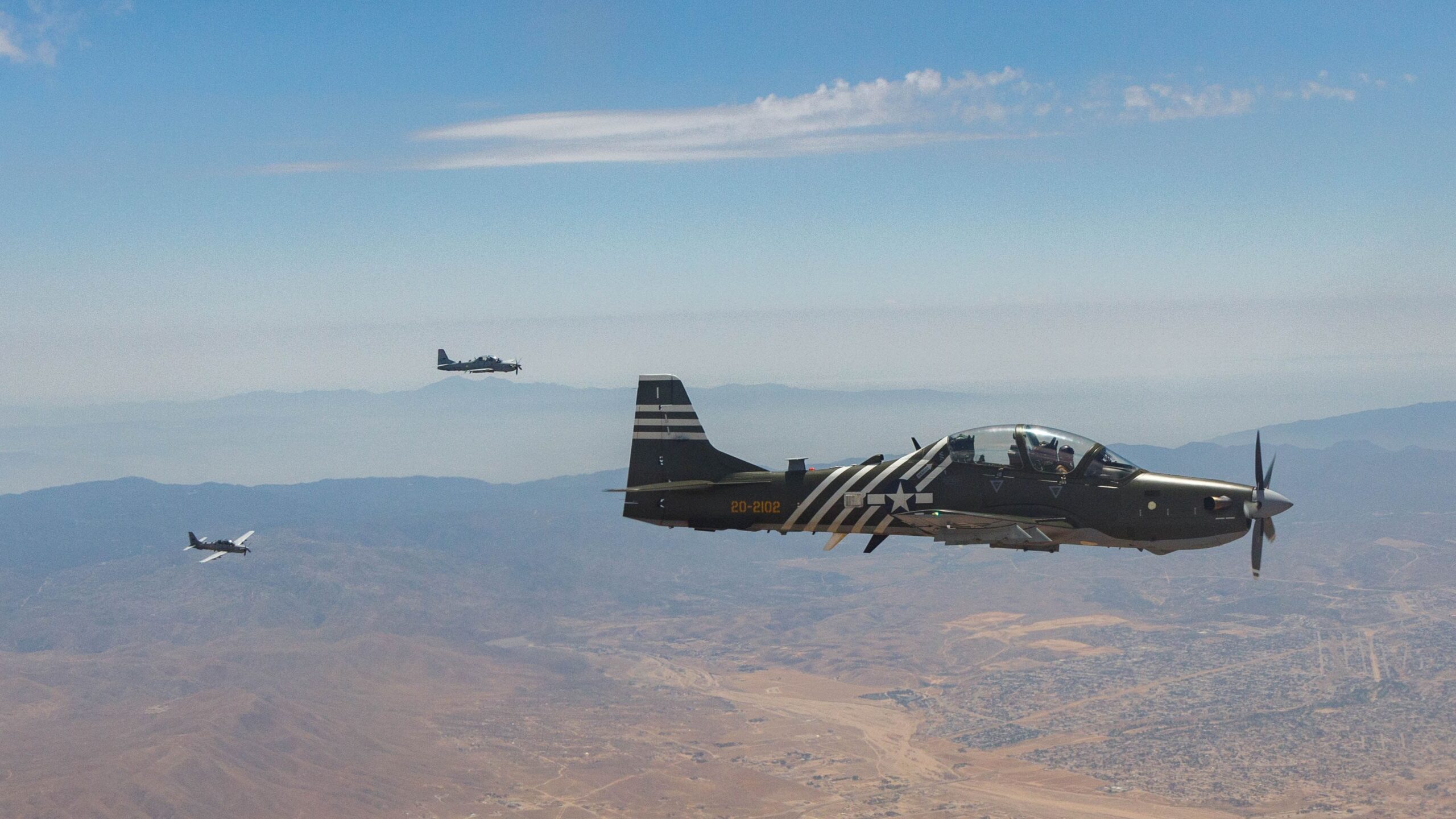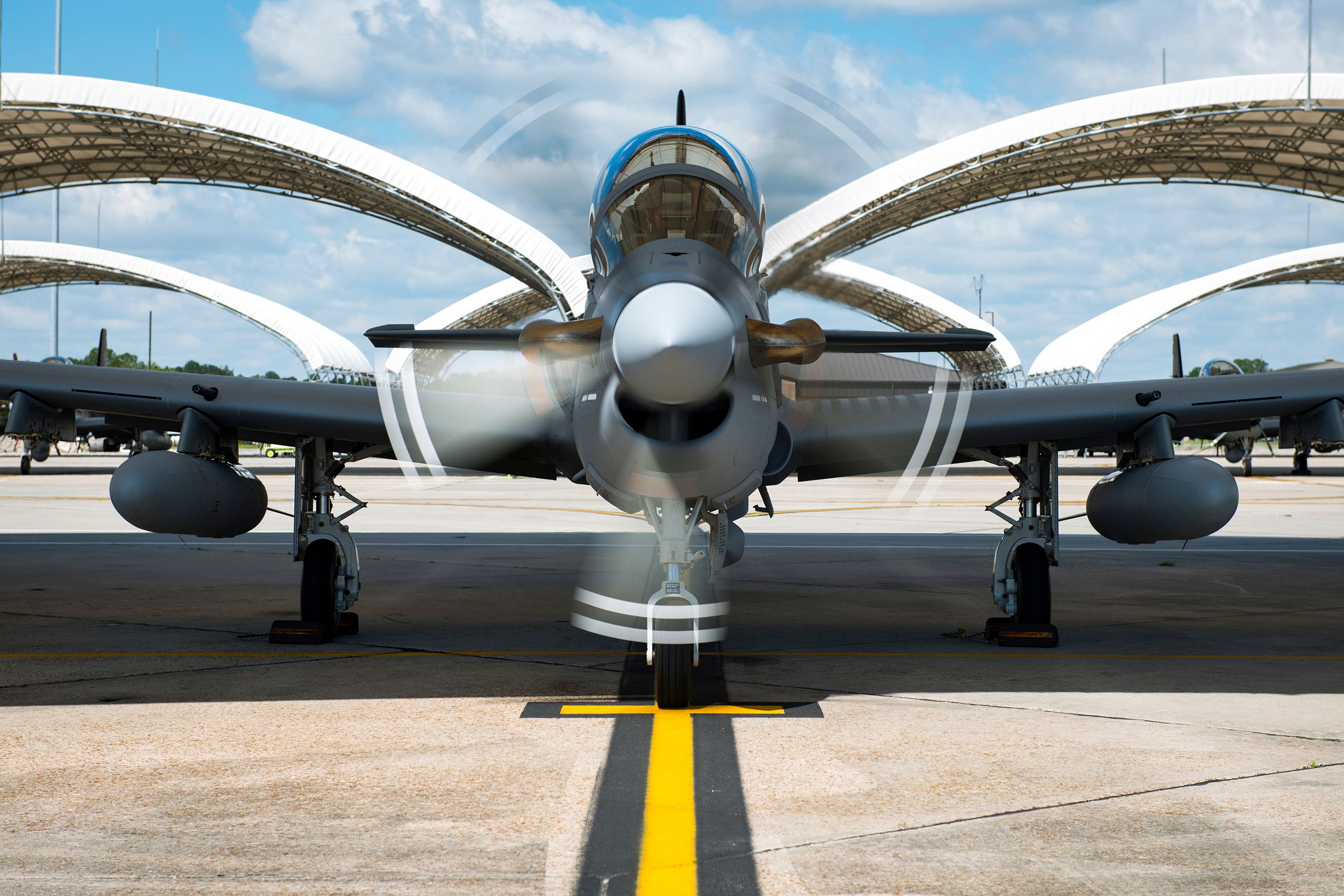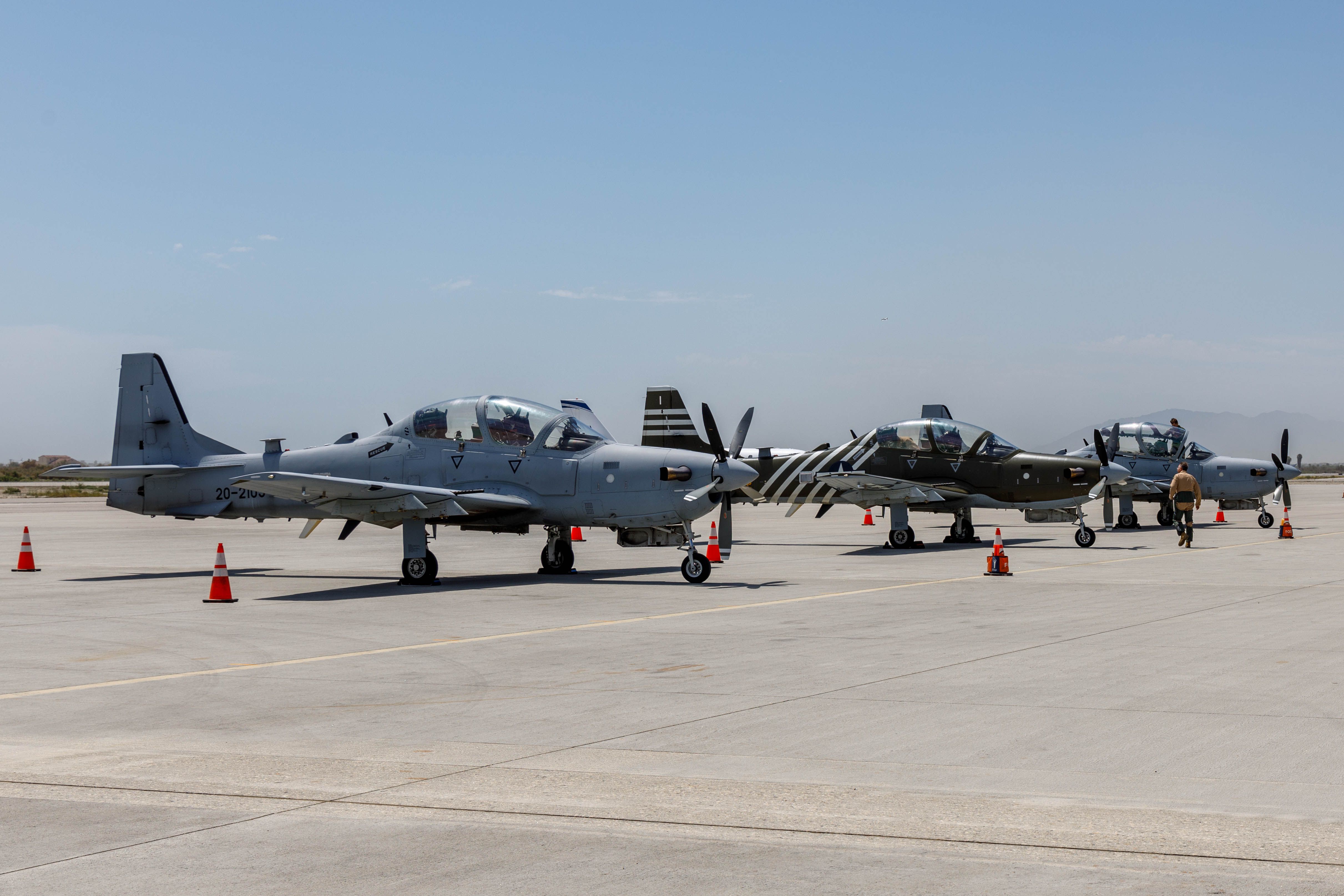A trio of A-29 Super Tucano aircraft have recently arrived at Edwards Air Force Base (AFB) to join the Air Force Test Pilot School (TPS), marking the first addition of new aircraft to the school in nearly 30 years. The A-29 is a low-cost close-air support aircraft that was initially acquired by Air Force
Special Operations Command but later divested as mission requirements evolved. The Air Force Test Center and TPS leadership recognized these surplus aircraft as an opportunity to enhance flight testing and training
capabilities at Edwards AFB. The Air Force Test Pilot School is refining its mission as part of a strategic shift. The focus centers on developing a world-class staff, fostering adaptive critical thinking in test leaders, and advancing cutting-edge research
. These new platforms are expected to contribute in many ways to achieving those goals.
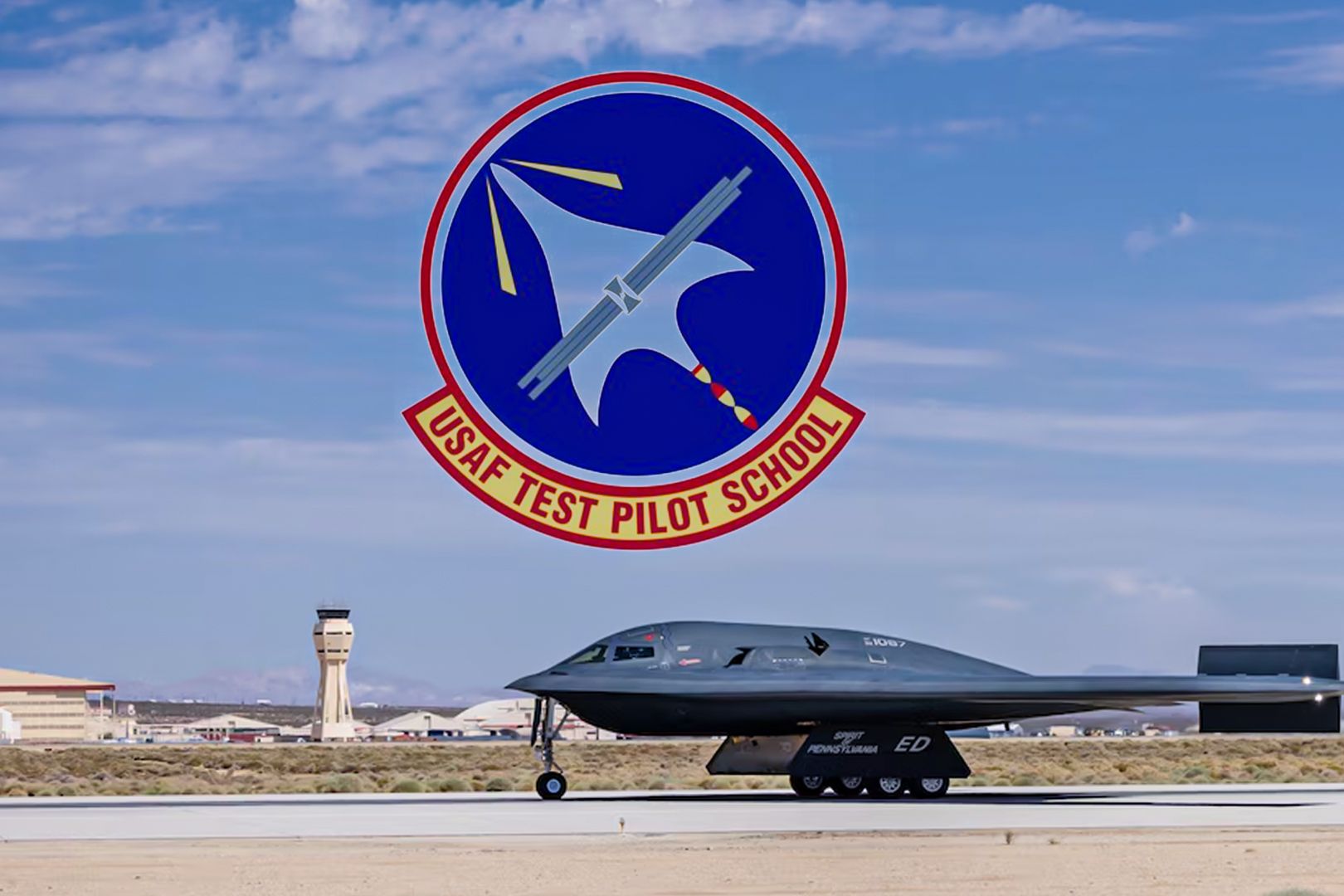
Related
Edwards AFB: Where The US Air Force Trains Its Most Hard-Core Test Pilots
Edwards Air Force Base is where the most expert pilots train for the skies above the battlefield
Adaptability and Capability
The A-29’s airframe is well-suited for spin testing – which is expected to be a primary training purpose – it also features modern avionics and the capability of carrying a wide variety of equipment on its wing pylons. This will enable the school to conduct training and research involving multi-domain sensors and weapons, decreasing reliance on T-38 and F-16 aircraft while improving the ability to fulfill developmental
test missions assigned to the Air Force Test Center.
“The transfer of A-29 aircraft to Edwards reflects careful analysis by the Test Pilot School and exemplifies command agility and collaboration to seize a unique opportunity,” said Michael Banzet, director of plans and programs at the Air Force Test Center. “This not only repurposes a $63 million taxpayer investment but also modernizes and expands the TPS curriculum, accelerating the fielding of combat capabilities for the USAF.”
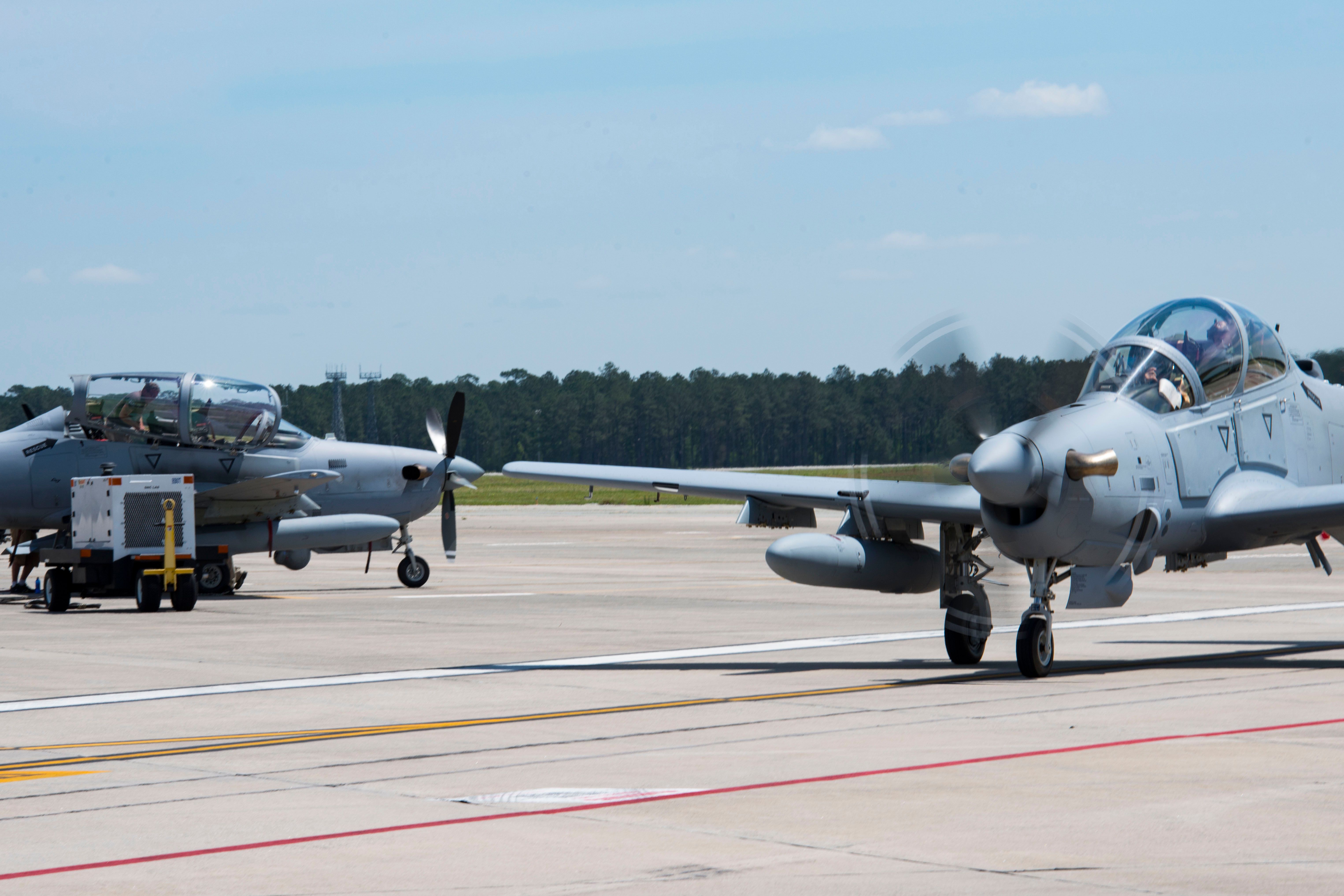 Made in America
Made in America
Built in the USA by the Sierra Nevada Corporation (SNC) under license from their partner Embraer
– the A-29 Super Tucano has logged over 500,000 flight hours, including more than 60,000 combat hours, proving to be highly effective in close air support and Intelligence, Surveillance, Reconnaissance (ISR) missions. SNC customizes each A-29 fleet to meet specific customer needs, typically in counterinsurgency and counter-terrorism operations. SNC provides comprehensive support, including ground equipment, maintenance
and pilot training, logistics, and sustainment. This Total Package approach enables quick field transitions to enhance warfighter support while keeping costs low. SNC’s services are tailored to each program phase, emphasizing airworthiness and safety. After delivery, SNC offers extensive training and proactive support to ensure optimal operations, addressing potential issues before they arise and maintaining strong customer relations for ongoing aircraft
support.
Super Tucano A-29 Specifications
- Rate of Climb at Sea Level 3,242 ft/min (988 m/min)
- Takeoff to Clear 50 ft Obstacle at Sea Level 2,950 ft (899 m)
- Landing to Clear 50 ft Obstacle at Sea Level 2,820 ft (860 m)
- Service Life 15 years and 12,000 hrs Basic Empty Weight 7,077 lbs (3,200 kg)
- Maximum External Stores 3,417 lbs (1,680 kg)
- Maximum Takeoff Weight 11,905 lbs (5,400 kg)
- Maximum Operating Speed 320 KIAS
- Cruise Speed 280 KIAS
- Ferry Range (w/external tanks) 1,540 nm (2,850 km)
- Standard Combat Mission Endurance 3.5 hrs
- Service Ceiling 35,000 ft (10,660 m)
- Hardpoints 5
Future Proofing
The arrival of the A-29s is particularly fortunate timing for the USAF TPS, which is currently engaged in projects related to artificial intelligence (AI), autonomous systems, and advanced uncrewed/unmanned aircraft
. Around the time AFSOC acquired three A-29s, the Air Force also purchased two Beechcraft
AT-6E Wolverines to support light attack experimentation. The AT-6E is based on the T-6 Texan II trainer, used by both the Air Force and US Navy
. This initiative included developing a low-cost communication and data-sharing system, AEROnet, aimed at American allies.
The AT-6E acquisition resulted from a series of failed Air Force light attack aircraft programs that began in 2017, following intermittent interest in such capabilities over the years. These efforts have since evolved into US Special Operations.
This included a significant AI-driven dogfight involving a specialized X-62A test jet earlier this year. These developments contribute to initiatives like the Air Force’s Collaborative Combat Aircraft
(CCA) program. In this context, using A-29s can relieve F-16s and T-38s for higher-performance testing, as the Super Tucanos can handle tasks that faster jets cannot.
Photo: DIVIDSHub
The A-29s provide the USAF TPS with a unique asset not found in the US military, allowing students to gain experience with a new and unfamiliar aircraft. The A-29
`s speed and performance also make them ideal for acting as chase planes for drones, a crucial point of value in the evolving landscape of modern warfare. On a pragmatic point, introduction of the Super Tucano
s will reduce the flight hours needed for F-16
s and T-38s that are used by TPS, lowering operating costs and minimizing wear on the jets. Overall, the Super Tucano presents a more cost-effective platform with overlapping and new training opportunities for various tasks that will enable the USAF Test Pilot School to continue to pave the way into the future of aerial combat.
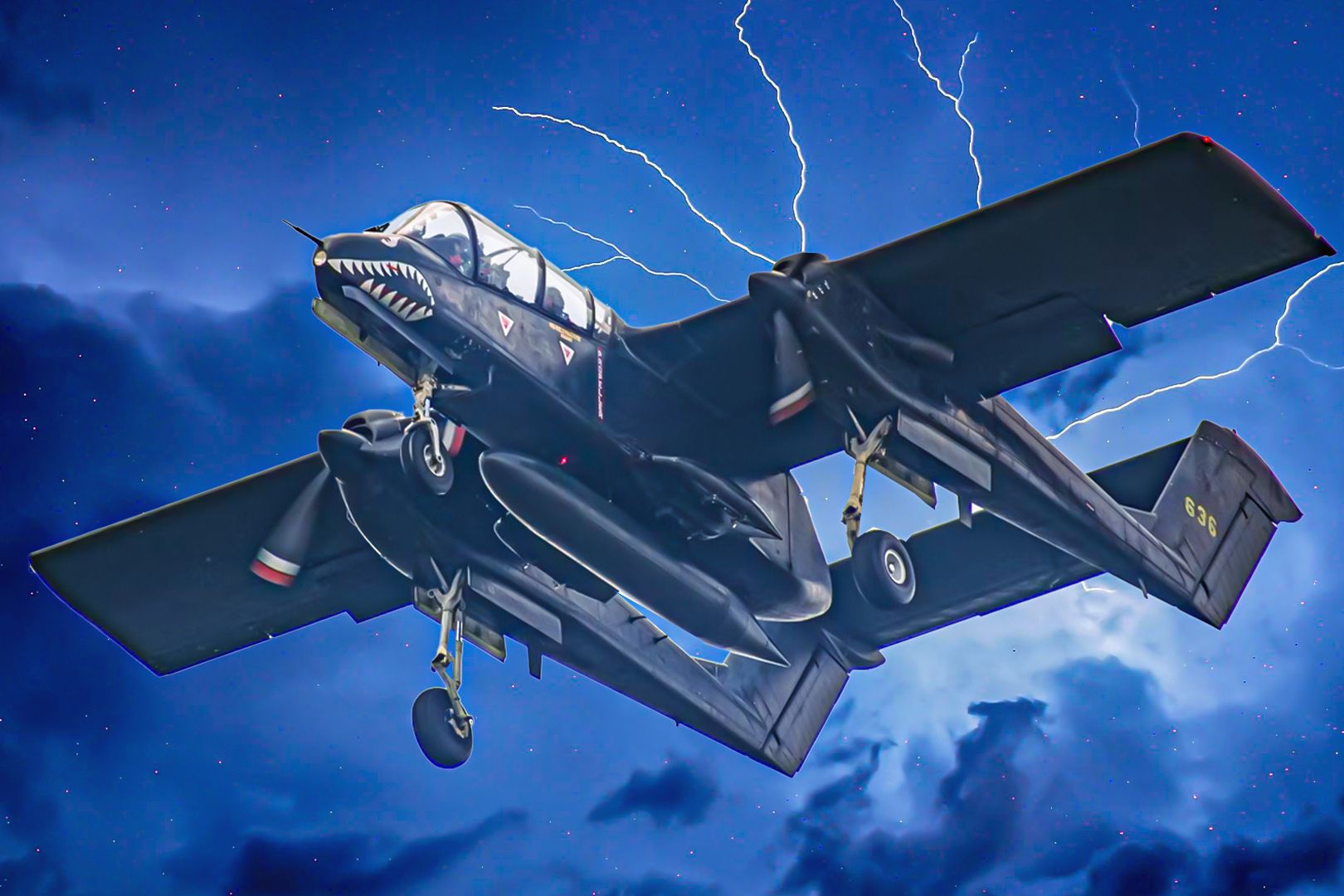
Analysis: 5 Versatile Uses Of The US OV-10 Bronco
Though not a fighter plane per se, the Bronco has proved an asset to US forces due to its versatility.

